10 Interesting Facts About Coelacanths
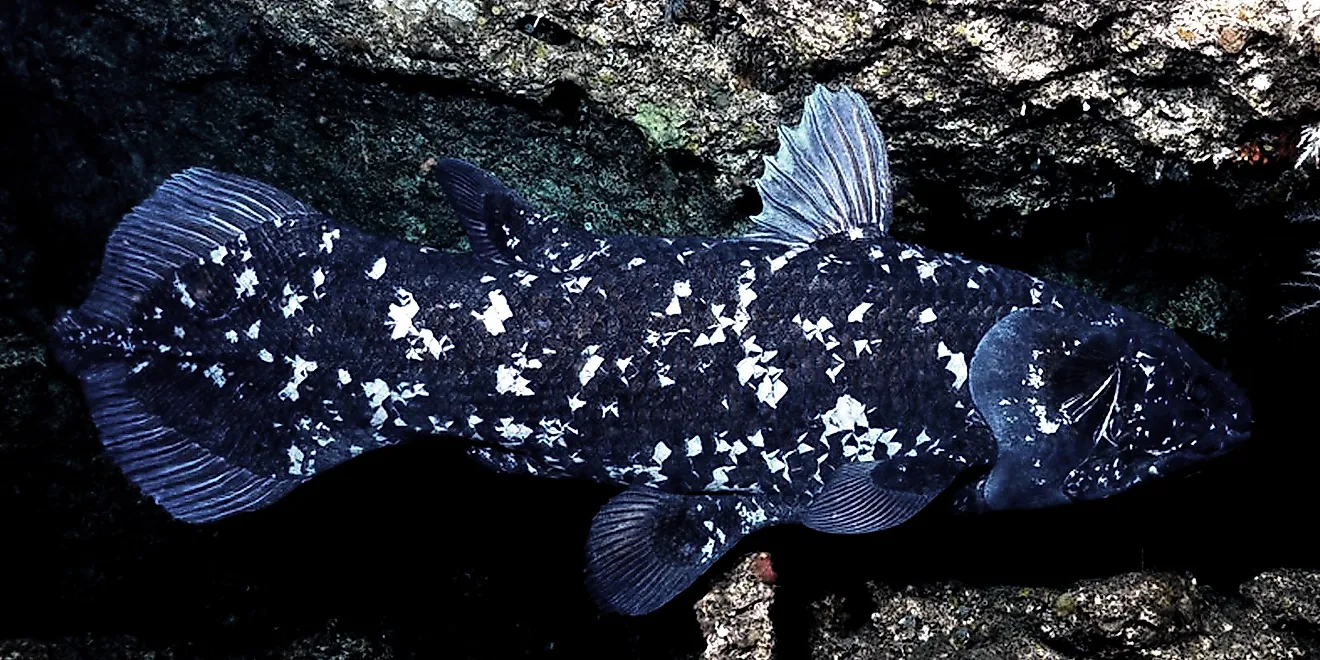
- Coelacanth babies are born live.
- Coelacanth were once thought to be related to Tetropods.
- There are only 2 species of coelacanth left.
The coelacanths are an ancient group of creatures that have existed for more than 360 million years. They are now primarily found off the east coast of Africa near the ComoroI Islands and the Indonesian coastline. The West Indian Ocean coelacanth is a critically endangered species. Coelacanths are more closely related to lungfish and tetrapods than to ray-finned fish. These fascinating fish have some odd characteristics to learn about, so read through the following paragraphs to find out the ten most interesting facts about the coelacanth.
10. Coelacanth's Are an Ancient Fossil
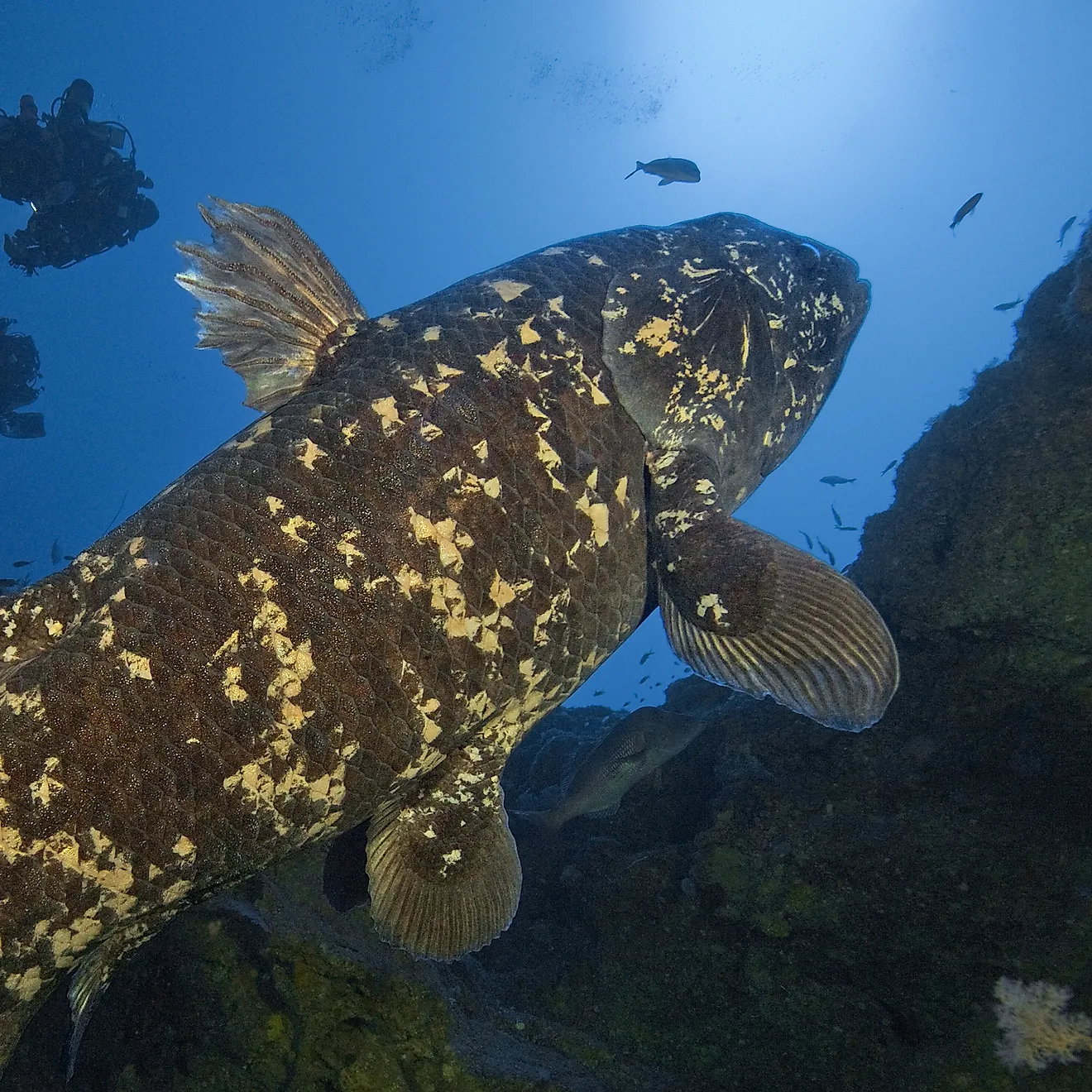
The coelacanth was believed to have gone extinct about 66 million years ago in the late Cretaceous period. Latimeria Chalumnae, a type of coelacanth was found in 1938 off the coast of South Africa. Then, another species of coelacanth, Latimeria menadoensis, was found in 1997 in an Indonesian Market. Another live specimen was found a year later. Coelacanth fossils were only found 100 years before the first living specimen was recorded.
9. Coelcanths Have a Notochord
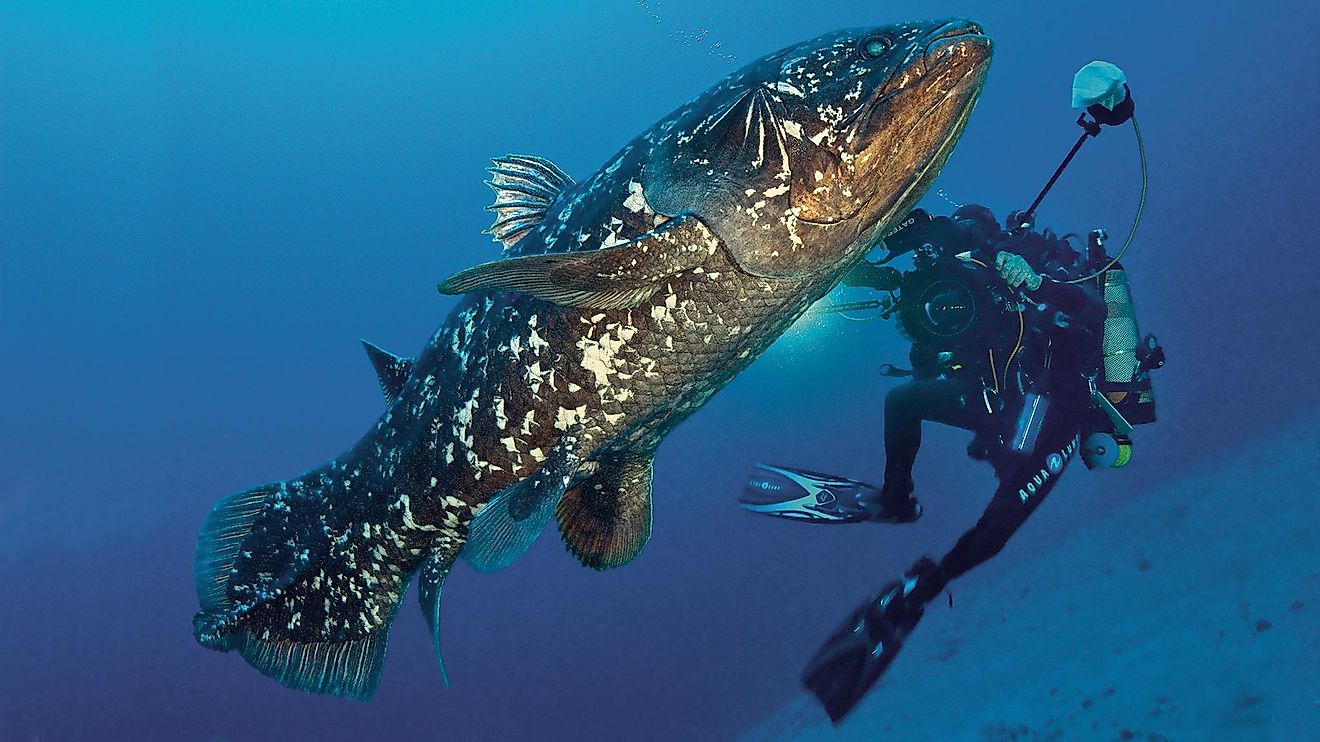
Coelacanths have a notochord instead of a backbone. The oil-filled notochord is a hollow pressurized tube that app has a backbone. As an embryo develops in other vertebrates the notochord is replaced by a vertebral column.
8. Coelacanth's Are Important to Evolution
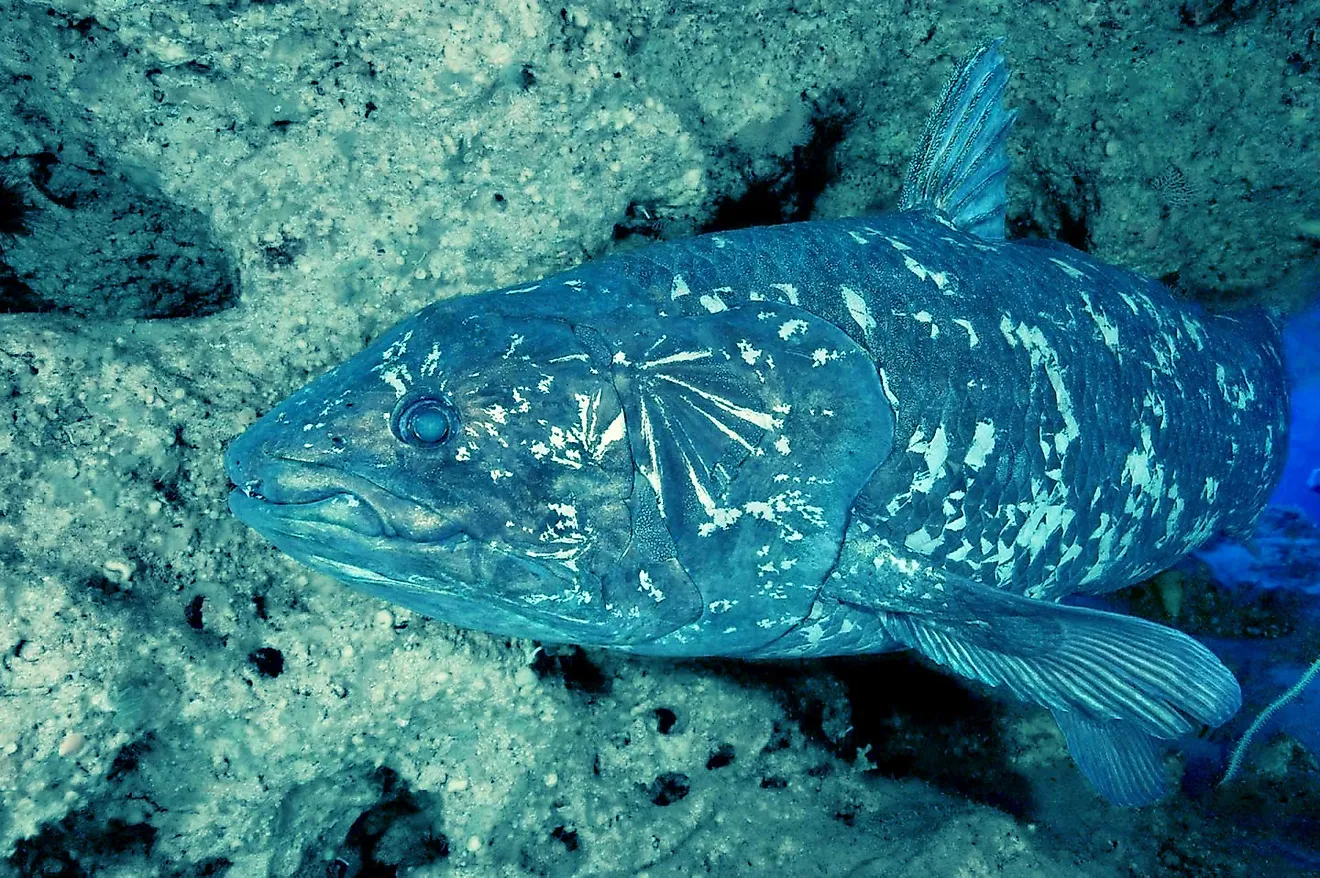
Coelacanths were once believed to be the ancestor of tetrapods, which are four- leg, land-living animals. The coelacanth genome was analyzed. It was found out from that analysis that lungfish are more closely related to tetrapods. Around 390 million years ago, coelacanths, lungfish, and tetrapods began to evolve differently. Coelacanths might be a part of a side branch of the vertabre line that is related to tetrapods but different from them.
7. Coelacanths Are Still Evolving
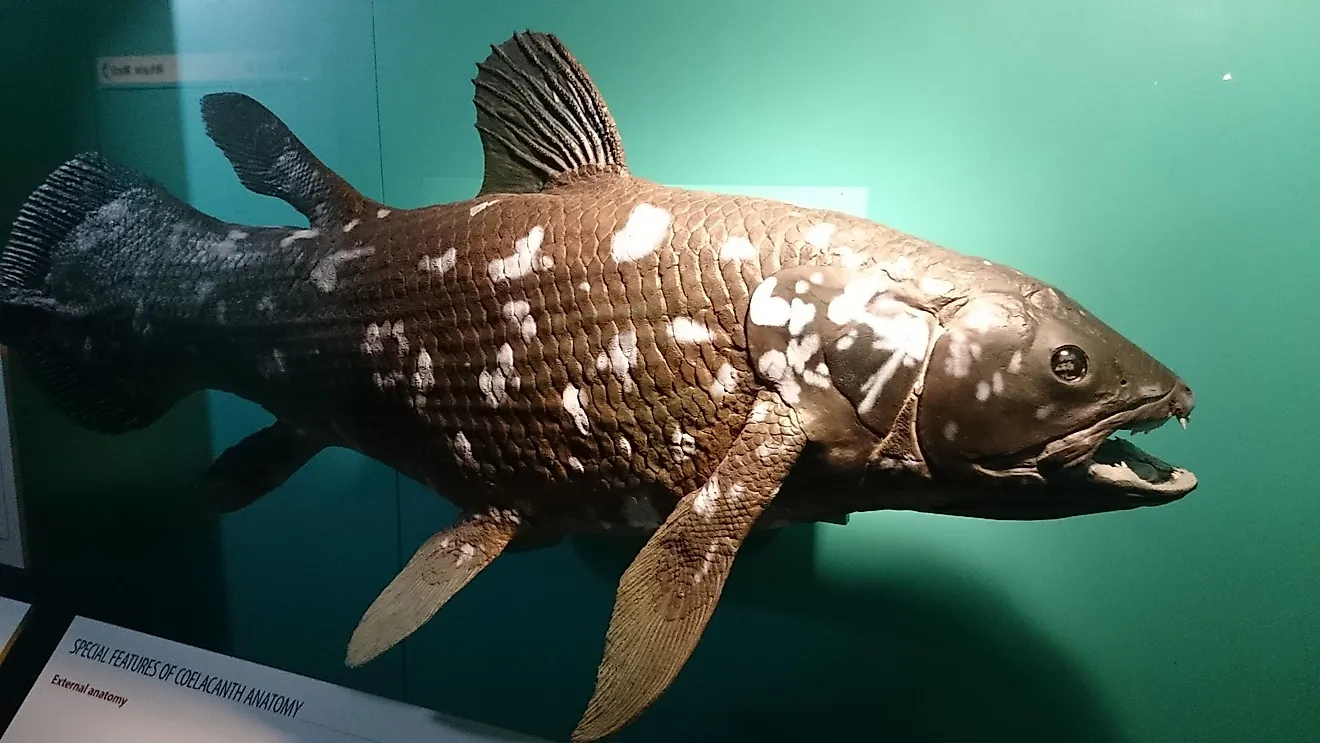
Coelacanths are still slowly evolving today. They do not have any natural predators and live very deep in the ocean, where habitat remains relatively stable. They do not have pressure to adapt and survive, which means they will slowly evolve compared to other species.
6. Coelacanths Move like Tetropods

Coelacanths have a very unique way of moving in the water. The coelacanth has four fins. The Fins extend away from its body, like limbs. They move in an alternating pattern, which looks like the a tetrapod moving its forelegs and tine legs well it walks on land
5. Coelcanths Are Big
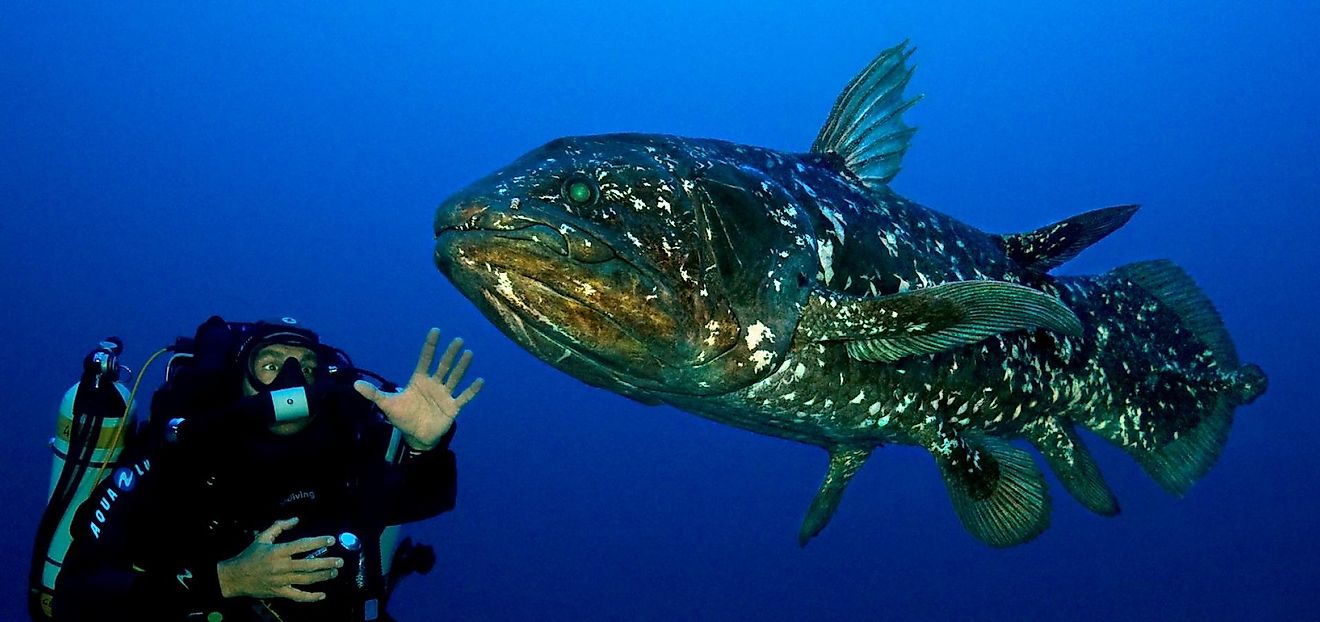
The West Indian Ocean coelacanth and the Indonesian coelacanth are the only two living species coelacanth. The fish can grow up to two meters long and weigh up to 90 kg. Paleontologists know that coelacanths used to be even bigger. They were once massive fish that grew up to five meters long and lived in ancient freshwater lakes.
4. Coelacanths Have a Rostral Organ
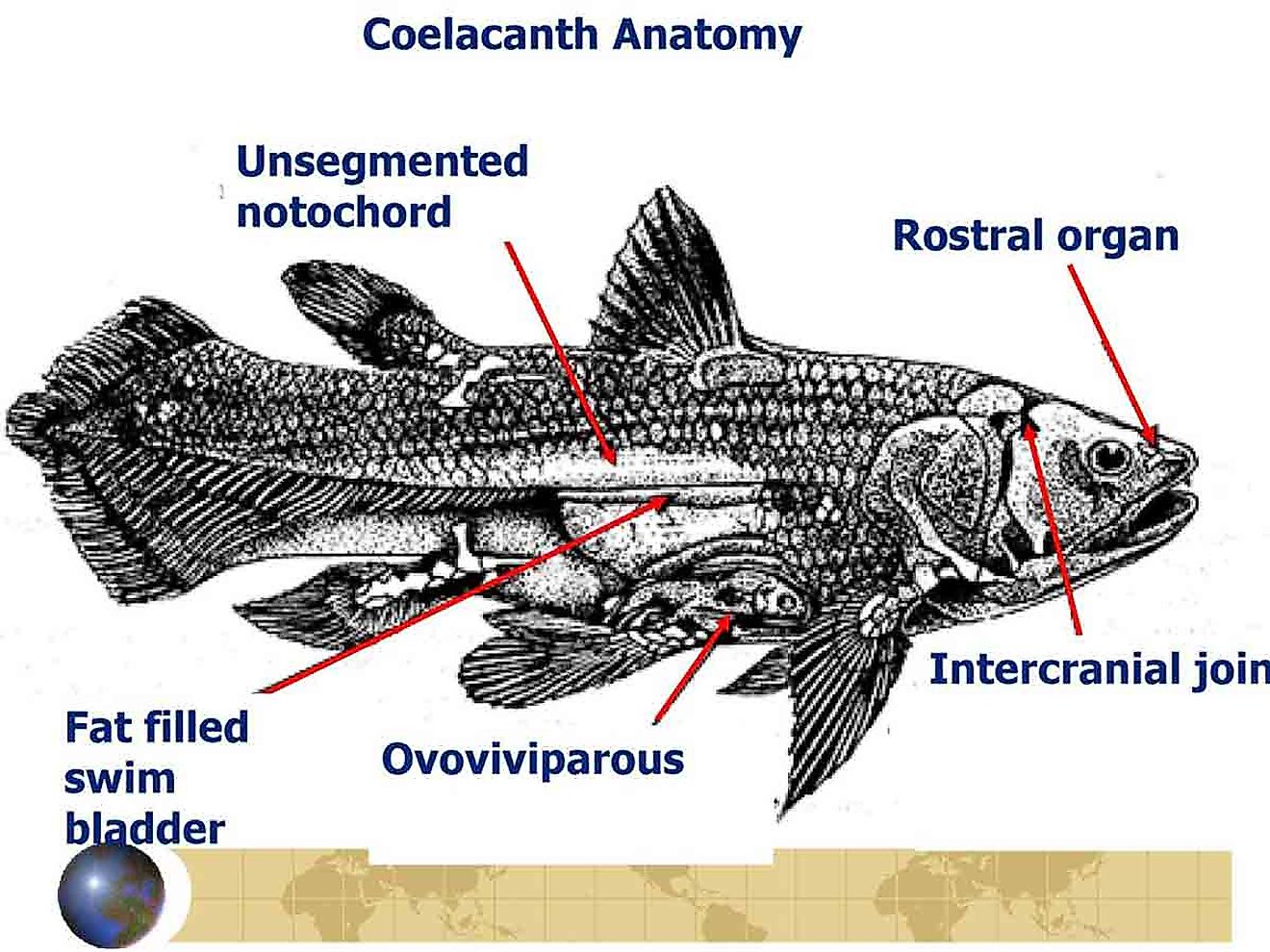
Coelacanths have an electric sense that comes from an organ filled with a jelly-like substance located near the front of their heads called a rostral organ. No other vertebrae have this organ. Scientists think the rostral organ helps the coelacanth in hunting by detecting the low-frequency electrical signals coming from prey.
3. Coelacanths Give Birth to Live Young
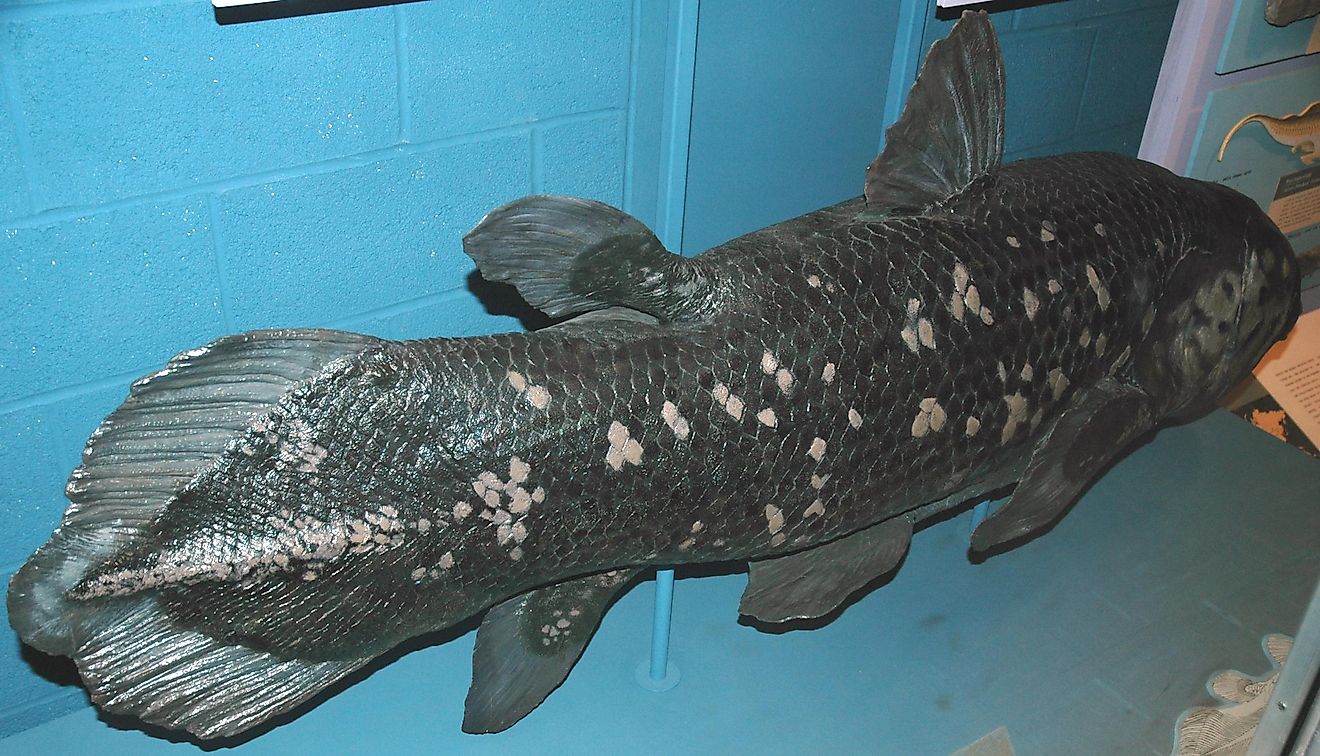
Coelacanths have a very long gestation period that may even last up to three years. The female coelacanth gives birth to live offspring.
2. Coelacanths Are Nocturnal
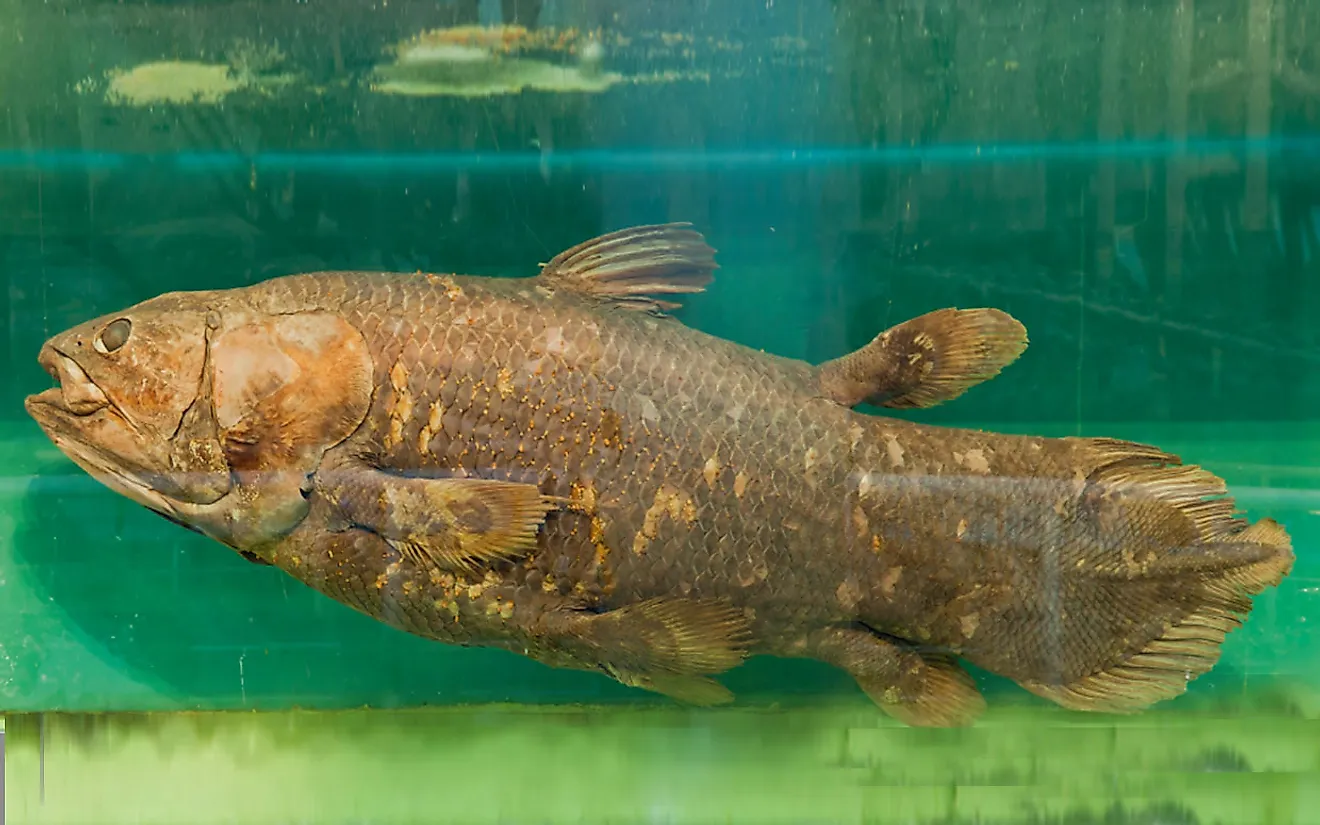
Coelacanths are nocturnal. They rest in caves during the day but leave their spots at the same time in the late afternoon. During that time, they will hunt fish and cephalopods. They drift along and slowly move near the ocean bottom. They use the ocean current and their fins to mope around. They have been known to travel as much as eight kilometers during their nightly feeding hunts. At dawn, they find a cave to rest in. Sometimes coelacanths may rest in a large group in a cave, but they don’t seem to be aggressive to one another.
1. Coelacanths Don't Taste Good
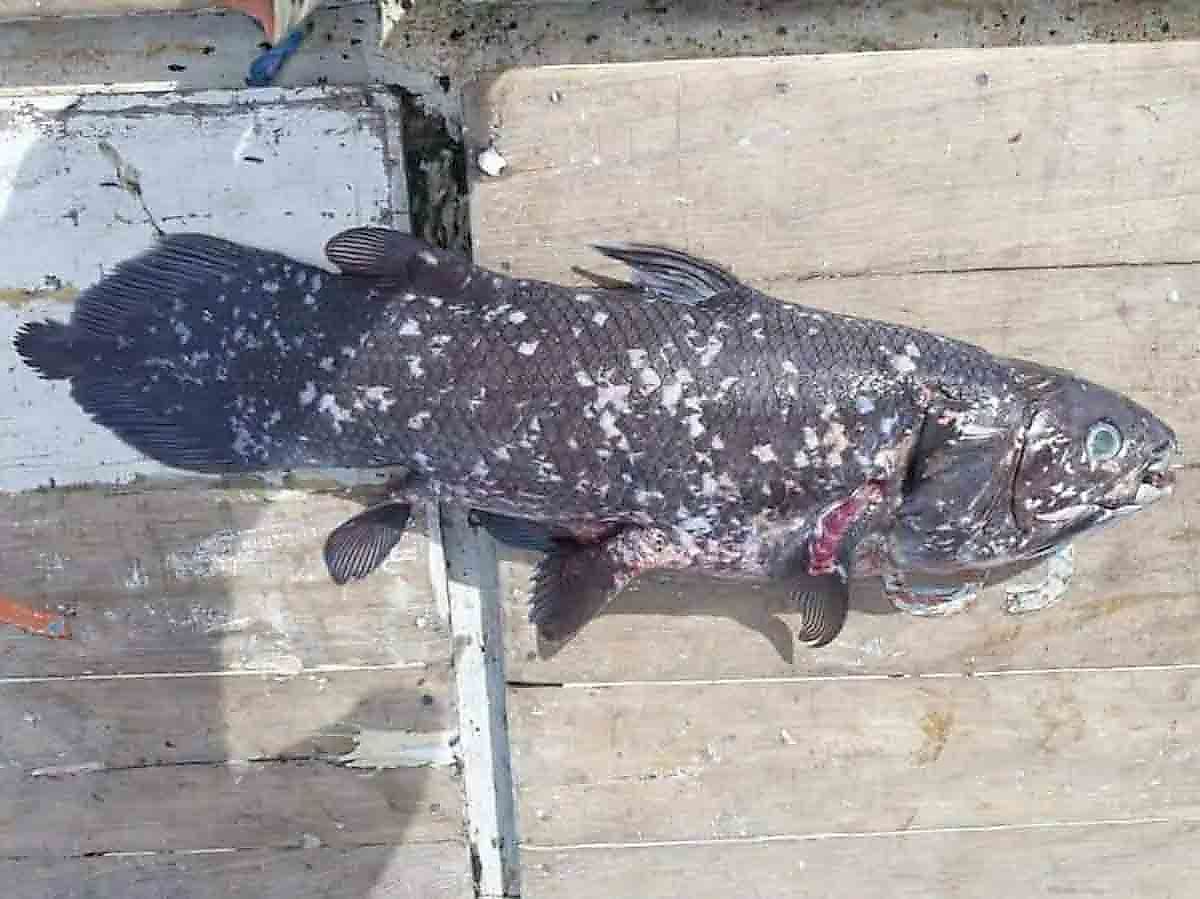
Coelacanths are not a tasty fish. Their scales Act as armor and ooze mucus, and their flesh has a large amount of oil, urea, wax esters, and other compounds that make them smell bad and can make someone sick if they eat them. They are slimy and their bodies have a huge amount of oil in them.











